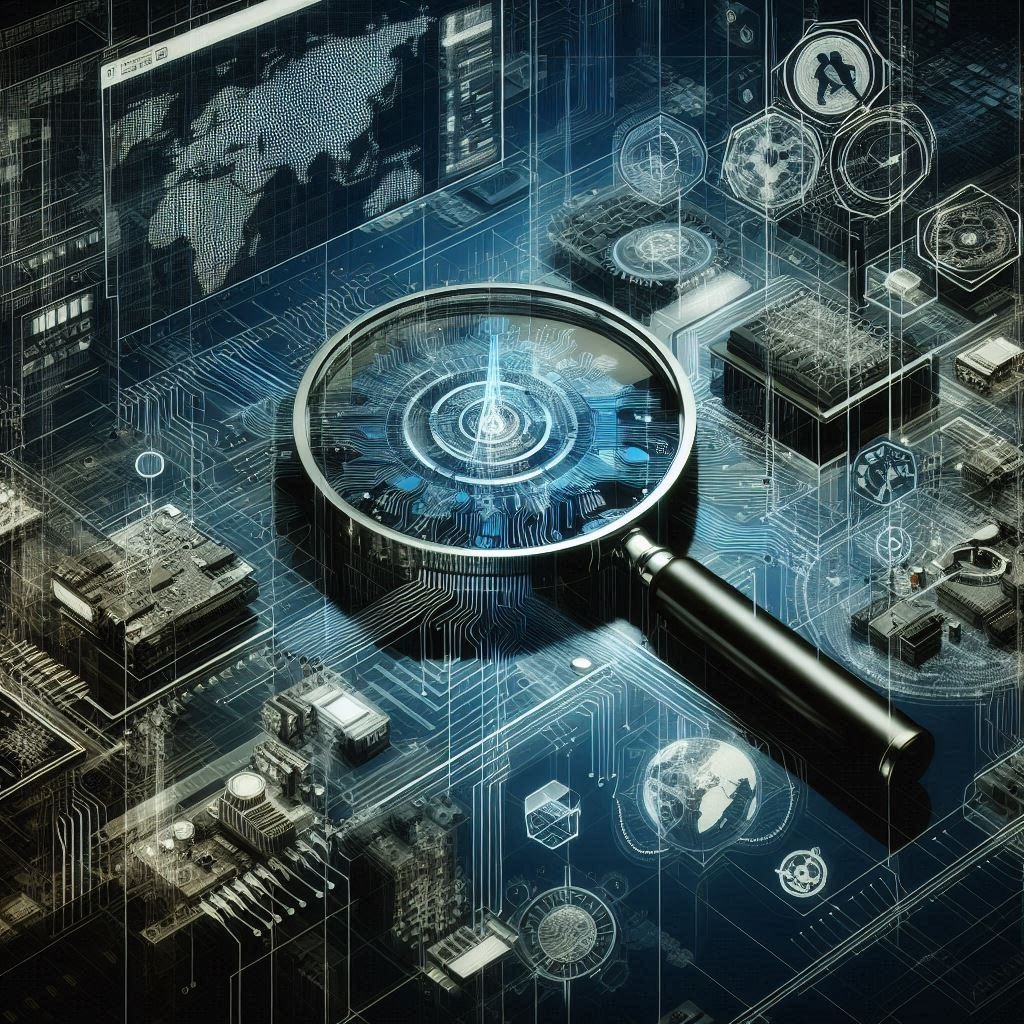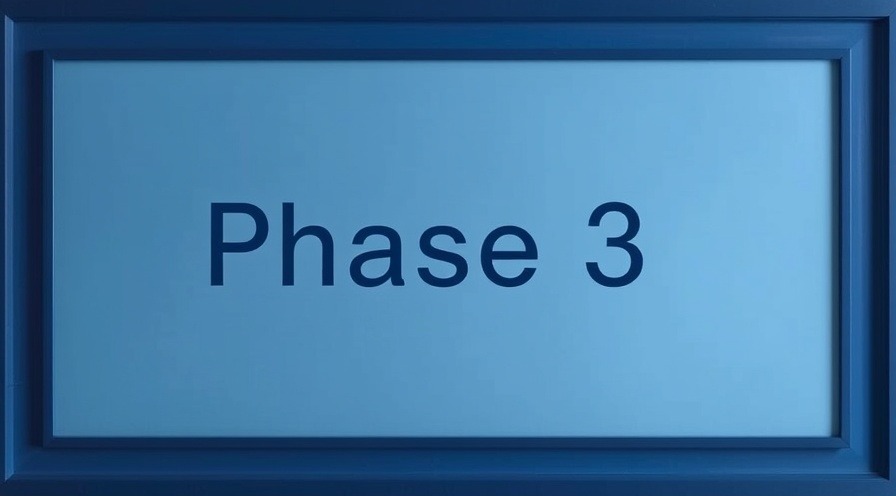
“Ctrl + F for Clues” – The Computer Forensics Investigation Process Decoded 🕵️♀️
Master EC-Council’s Digital Forensics Essentials certification with a fun, expert guide to the investigation process, its phases, and why each step matters in real-world cybercrime.
TL;DR 🔍
In digital forensics, your job isn’t just to find the evidence—it’s to prove it’s real, untouched, and collected by the book. This module breaks down the forensics investigation process into three main phases: pre-investigation, investigation, and post-investigation. It’s not just digital detective work; it’s digital science with court-approved receipts. 🧾💻
Why the Investigation Process Matters (a Lot More Than Just “Finding Stuff”)
Let’s be real: Anyone can Google “how to recover deleted files.” But recovering data that can stand up in court? That takes a forensic process—methodical, legal, and locked down tighter than your little cousin’s Fortnite account after he got grounded. 🎮
A forensic investigation is important because:
It ensures evidence integrity (a.k.a. no “oops, I deleted it” moments)
Supports legal admissibility in court
Proves professionalism and preparedness (nobody wants a cowboy clicking around like it's Minesweeper)
Dr. Marie-Helen Maras, author of Computer Forensics: Cybercriminals, Laws, and Evidence, puts it this way:
“An investigation must be conducted systematically with documentation at every step. Without this, any evidence gathered is vulnerable to being thrown out of court.”
📚 Maras, 2020

Phase 1: Pre-Investigation – Prep Before You Poke 🛠️
Think of this as your cyber crime scene cordon-off. Before you touch anything, you better:
✅ Get Authorization
Whether it’s from HR, legal, or a warrant—no snooping without permission.
✅ Understand the Scope
What are you investigating? A stolen file? Unauthorized access? Or someone downloaded “Too Fast Too Furious.exe” on the work server?
✅ Secure the Scene
Physically and digitally. Lock down devices, isolate networks, and breathe very carefully near that old desktop. (We’re looking at you, dusty corner Dell.)

Phase 2: Investigation – Go Time 🕵️♂️
Here’s where you suit up (metaphorically, unless you really want to wear that blazer again) and dive into the digital mess.
Key Steps:
Identify evidence (What matters? What doesn’t? Hint: It’s not that GIF collection.)
Preserve evidence (Clone drives. Never work on the original—unless you like jail.)
Analyze data (Use forensic tools like Autopsy, FTK, or EnCase to dig deep.)
Document everything (Screenshots, logs, timestamps—your future court self will thank you.)
Every byte must have a breadcrumb trail. If your analysis can’t be repeated by someone else with the same tools, you’re toast.

Phase 3: Post-Investigation – Don’t Ghost the Case 📝
Once the evidence has been collected, sifted, and interpreted, you can’t just drop the mic and walk away.
Wrap-Up Steps:
Create a forensic report (Clear, technical, and with zero typos, please.)
Chain of custody forms (Proof of integrity—signed and timestamped.)
Debrief stakeholders (IT, HR, legal—they all need the TL;DR.)
Recommendations (Prevent it from happening again. “Don’t click shady links” isn’t enough.)
As Harlan Carvey, creator of RegRipper and author of Windows Forensic Analysis Toolkit, says:
“Post-incident reports aren’t just a paper trail—they’re your legacy. They prove you did it right, even months later.”
📘 Carvey, 2021
Real Talk: This Isn’t Just “CSI: Keyboard Edition”
If you treat forensic investigations like a side quest, your case—and maybe your credibility—will crumble. These phases ensure:
Your findings are credible
Your process is auditable
Your butt is legally covered
It’s not flashy—but it is the foundation of every serious cybersecurity career. 💼
TL;DR: What You Really Need to Know 🧠
The forensic investigation process is what makes or breaks digital evidence.
It includes pre-investigation (planning and permission), investigation (collection and analysis), and post-investigation (reporting and recommendations).
Missing steps = missing your chance at legal validation and career credibility.
Ready to Step Into the Cybercrime Scene?
Keep learning and leveling up! Check out our next article: “What the File?!” – A Fun, Forensic Deep Dive Into Hard Disks and File Systems.”
👉 Stay sharp, stay legal, and hit up our full series of EC-Council DFE articles. Your future (certified) self will thank you.
Tags: EC-Council, Digital Forensics Essentials, Computer Forensics Investigation, Pre-investigation, Digital Evidence, Cybersecurity Certification, Chain of Custody
 Add Row
Add Row  Add
Add 




Write A Comment